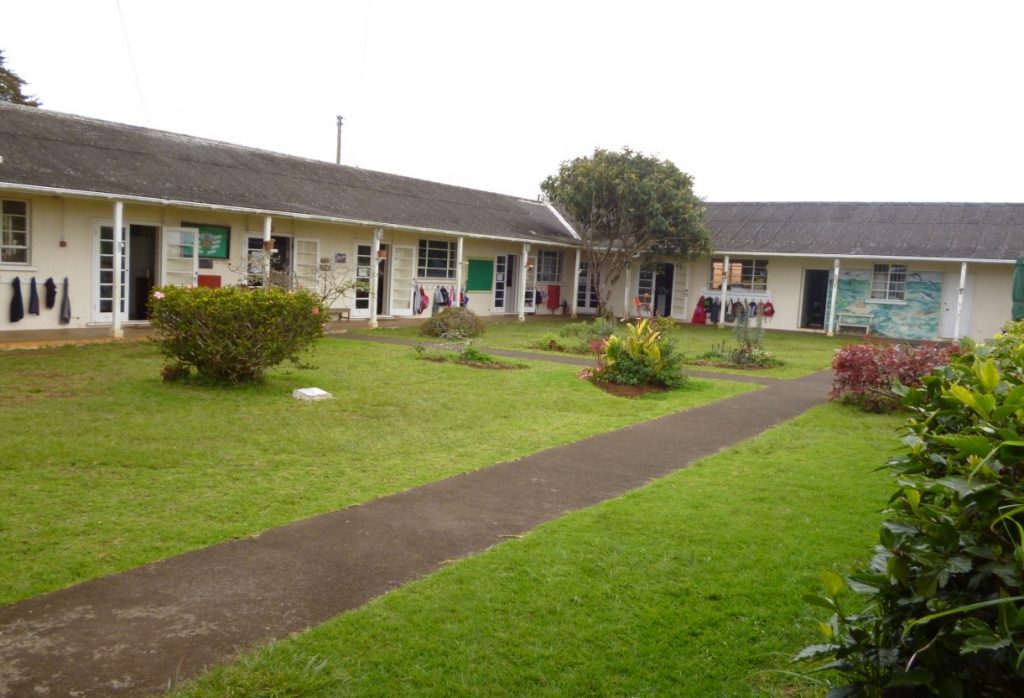
Harford Primary School lies in the rural district of Longwood, home to Napoleon Bonaparte’s house, a well-known tourist attraction. In addition to the district of Longwood the school caters for pupils living in Levelwood and Alarm Forest, with the cut-off point being The Christening Bank, Alarm Forest.
The school provides compulsory education for children whose ages range from 4 – 11 years and offers non-compulsory Nursery Education, for children aged 3-4 years.
The school’s curriculum (as far as possible) models that of the British National Curriculum 2014, in the core subjects of English, Maths and Science. Other subjects, whilst using the British National Curriculum objectives are modified to meet the needs of the children on St Helena and uses the Island’s unique environment as a key educational resource.
Our Vision
Through collaborative and reflective practices, we aspire for each child, to develop a passion for learning and be the best that we can be.
History
Harford Primary School is one of the three Primary Schools on the Island. It was built in 1957 as a senior school and was named after the Governor of St Helena, at the time, Sir James Harford.
The school became a middle school in 1988. This was part of a change over, from a ‘two tier’ system to a ‘three tier’ system of education.
Due to falling pupil roles a restructuring process, for primary provision on the Island saw the school amalgamating with Longwood First School and became Harford Primary School, in September 2008.
Our Mission Statements
- To provide a stimulating, safe and caring environment so that each pupil can become an effective learner
- To provide a high quality, broad and balanced curriculum which allows all pupils to achieve their full potential
- To foster collaborative practices within the school and the wider community
- To reflect on our practices to ensure the best possible teaching and learning experiences for our pupils
- To recognise and value each pupils’ achievements and contributions
- To develop strong collaborative practices between the home and school and the wider community
- To foster and promote individual pupil talent
- To foster the growth of critical thinking and independent learning for all pupils
- Through a consistent approach, develop and maintain high standards of behaviour within the classroom and the wider community, to sustain high quality learning
- To support pupils in developing healthy lifestyles.